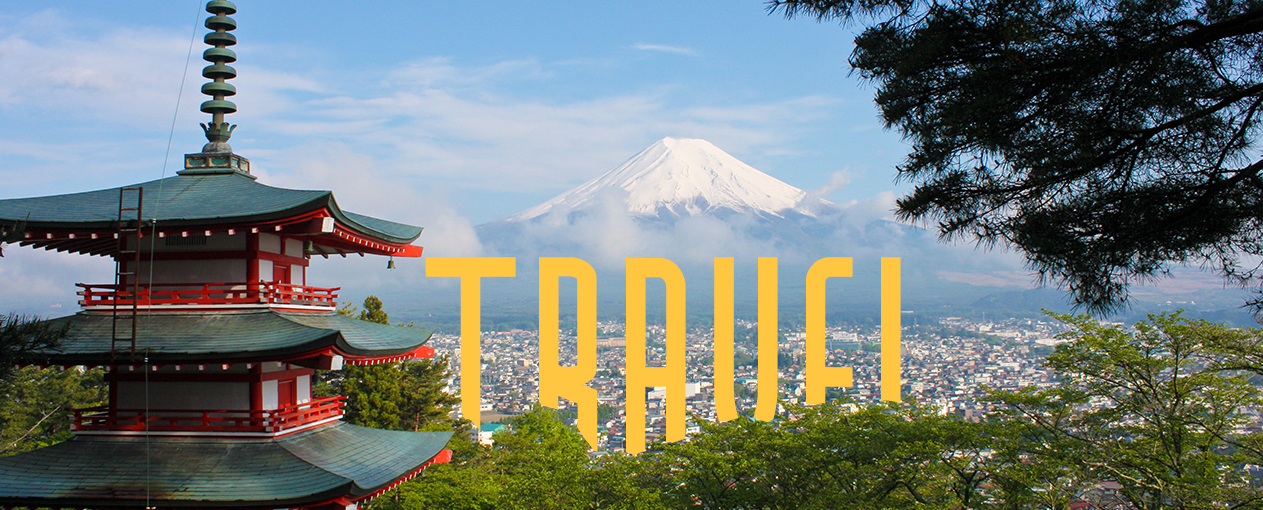Tohoku, Japan
Less than three hours by train from Tokyo, home of the 2020 Summer Olympic Games, Tohoku should get a gold medal for best unknown travel wonderland. Comprising the six northernmost prefectures on Japan’s main island of Honshu, this region features pristine forests, gorges and crater lakes, thousand-year-old temples and shrines, and venerable local festivals—yet less than 2 percent of international travelers come here. Walk the Michinoku Coastal Trail, which runs for 620 miles from Aomori to Fukushima. The latter was devastated by the 2011 tsunami, and the newly opened trail is a stirring symbol of the area’s rebirth. For skiers, Tohoku regularly records some of the planet’s heaviest snowfalls, and resorts such as AppiKogen are exhilaratingly uncrowded.
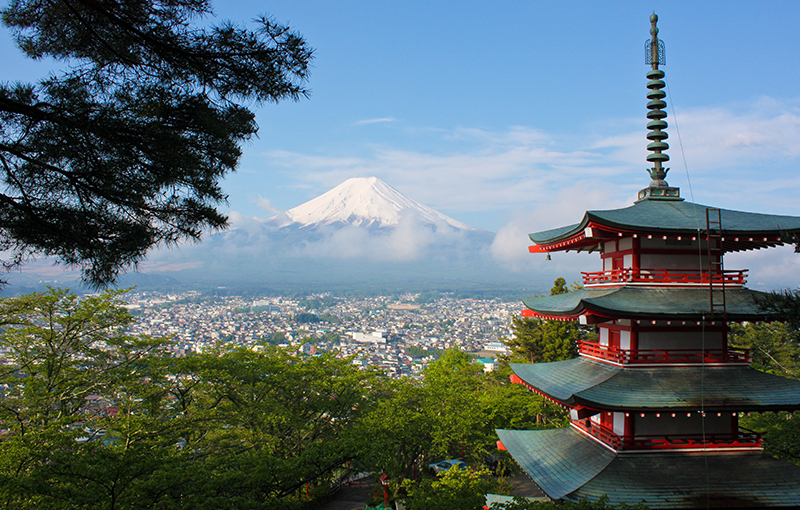
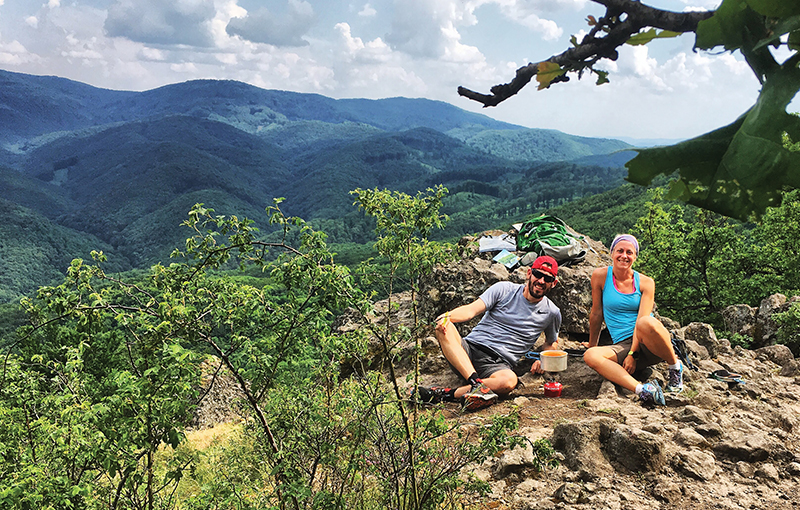
National Blue Trail, Hungary
Despite its lack of soaring peaks (the highest is 3,327-foot Mount Kékes), Hungary is a dream hiking destination thanks to the country’s National Blue Trail. Meandering about 700 miles from Irottko Mountain, on the western border with Austria, to the northeastern village of Hollóháza near Slovakia, the Blue Trail is a wonderfully diverse web of paths labeled with white-and-blue-striped waymarkers. Originating in 1938 and recognized as Europe’s first long-distance trail, it’s part of the nearly 6,500-mile European long-distance walking route E4, which begins in Spain and ends in Cyprus. So, while you could use the Blue Trail as a launchpad for an epic, cross-Europe trek, Hungary’s historic route is best experienced as a singular destination.
Magdalen Islands, Canada
When you walk on sea ice, it’s easy to forget that there’s an ocean below you. This frozen world is stripped down to essentials: impossibly blue sky, bright sun bouncing off a blanket of fresh snow, wind that vibrates like a cello, whiteness all around. Welcome to the harp seal nursery in the Gulf of St. Lawrence off the Magdalen Islands, Quebec, one of three Northwest Atlantic harp seal pupping grounds. Adult seals migrate here from the Artic, the pregnant females searching for suitable ice to birth on, and males follow, eager to mate. Harp seals are an ice-obligate species; they require a stable sea platform of ice for pups to survive. The pups are born on the ice in late February and early March. The young seals are one of the most captivating creatures on the planet, with obsidian eyes, charcoal nose, and cloud-soft fur.
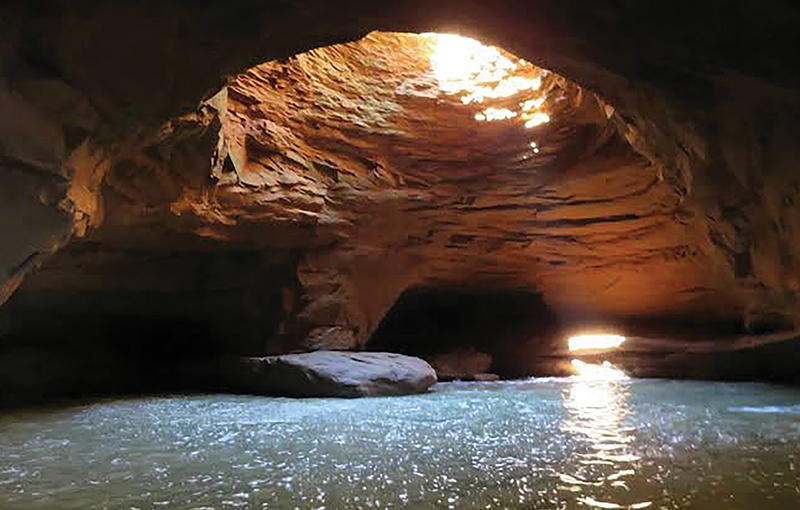

Abu Simbel, Egypt
Tourism to Egypt is rebounding from its steep decline in the wake of the 2011 Arab Spring revolution. However, the feeling of having a destination to yourself still can be found at Abu Simbel, deep in the south of Egypt near its border with Sudan. Originally cut into a rock cliff by the Egyptian pharaoh Ramses II, the temples at Abu Simbel are at once archaeological treasures and marvels of modern engineering. Buried by sand for millennia, the towering landmarks were unearthed by archaeologists in 1813 and saved from the rising waters of Lake Nassar—the gigantic reservoir created by the damming of the mighty Nile at Aswan—by a monumental five-year relocation effort launched by the Egyptian government and UNESCO in 1960.
Grand Canyon National Park, Arizona
The grandeur of the canyon confers dignity on every form of life that touches it,” wrote famed environmentalist Edward Abbey in the inaugural issue of Traveler, in 1984. Since its designation as a national park—the Grand Canyon celebrated its centennial in 2019—this natural wonder in northwest Arizona has dazzled visitors with its immense scale (277 miles long, up to 18 miles wide, and a mile deep) and breathtakingly stratified geology that dates back to 1.8 billion years ago.
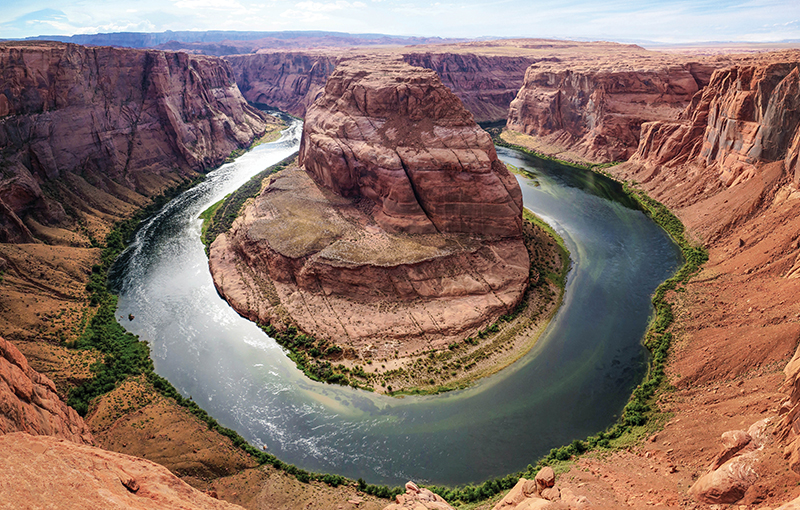
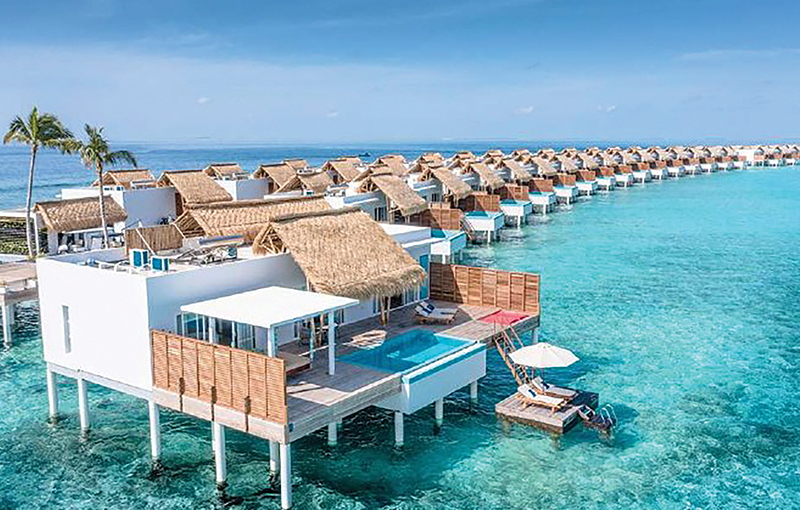
Maldives
The first nation to champion the need to address climate change in the United Nations General Assembly, in 1987, the Maldives is an environmental protection trailblazer. For the idyllic, 1,200-island archipelago in the Indian Ocean, forward-thinking sustainability initiatives—such as the effort to be carbon neutral by 2020—are a matter of survival. According to the Intergovernmental Panel on Climate Change, much of the Maldives—which is the lowest-lying country on the planetand whose territory is about 99 percent water—could disappear in decades due to rising sea levels caused by global warming. The 540-square-mile UNESCO Baa Atoll Biosphere Reserve helps protect the Maldives’ fragile coral reefs, which support a high diversity of coral, fish, and bird species, as well as sea turtles, whale sharks, and other marine life.

